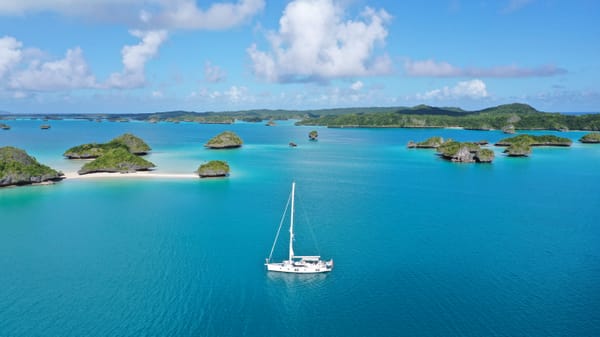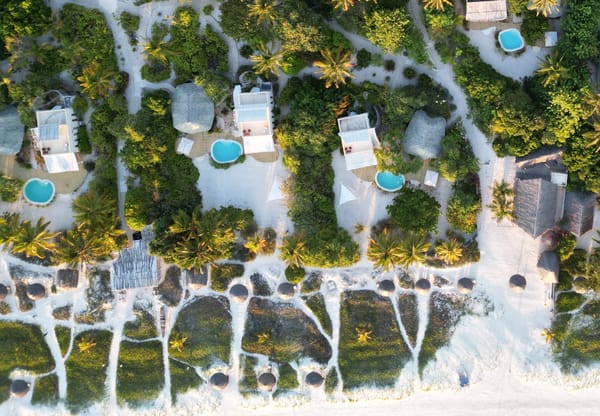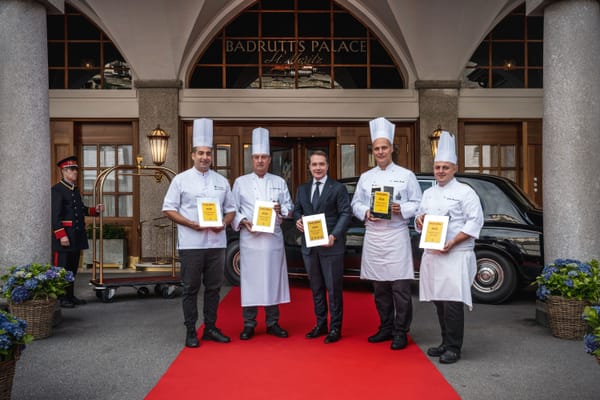Why Monaco and Fort Lauderdale Dominate the Yachting World
Discover why Monaco and Fort Lauderdale dominate the yachting world through strategic location, infrastructure, and global superyacht influence.
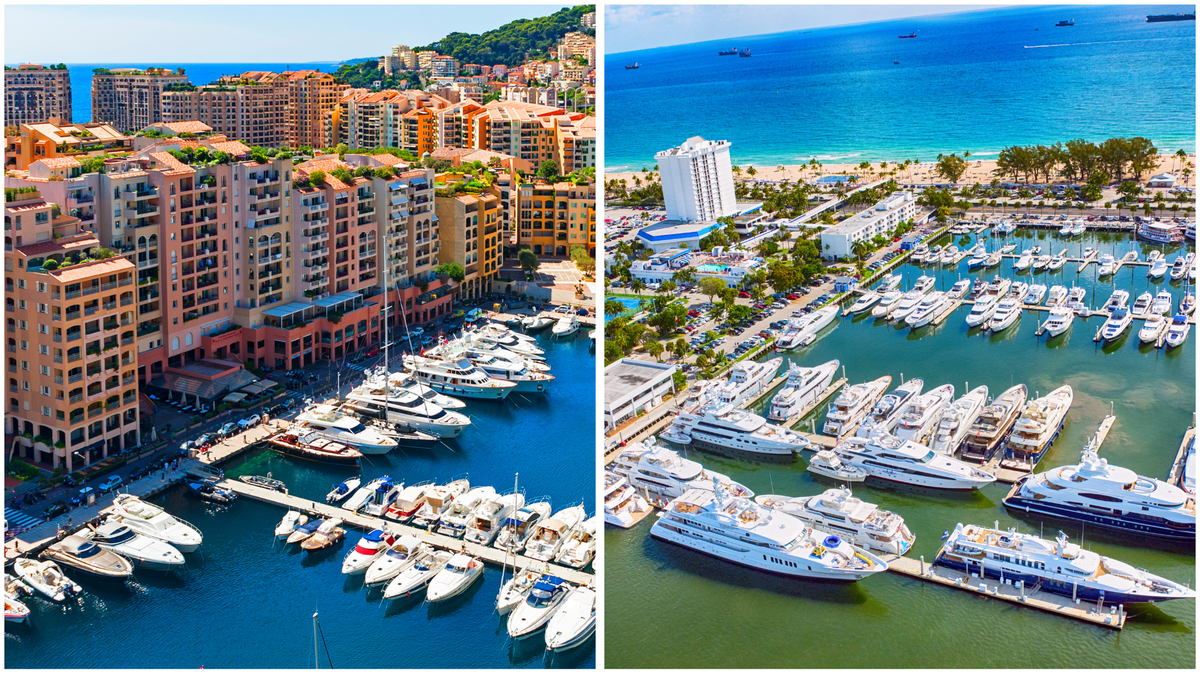
“There are really only two places in the world that matter for yachting: Fort Lauderdale and Monaco.”
These words from yacht insurance specialist Laura Sherrod, shared on the Better Decisions podcast by the David Siddons Group, capture a truth well understood inside the industry: modern yachting revolves around two global hubs.
Each year, a large share of the global superyacht fleet migrates with the seasons, summer in the Mediterranean, winter across the Atlantic, using Monaco and Fort Lauderdale as strategic hubs.
This transatlantic rhythm is not a trend but a structural pattern, shaped by climate, charter demand and the global layout of maritime infrastructure.
Monaco and Fort Lauderdale have emerged as the twin centres of gravity in this high-value movement.
Their dominance in the yachting world is not the result of coincidence or heritage alone. It results from decades of calculated investment, regulatory foresight and unmatched capability.
One city offers access to European capital, glamour and heritage. The other delivers scale, technical excellence and direct access to the Americas. Together, they form the backbone of the global superyacht economy.
Monaco: The Principality of Prestige
Monaco’s influence is disproportionate to its size. Encompassing just over two square kilometres, it has become the epicentre of European yachting culture.
At the heart of this is Port Hercules, one of the few deep-water harbours on the French Riviera capable of hosting vessels over 100 metres.

Each September, the Monaco Yacht Show transforms the harbour into a showcase of maritime engineering and luxury.
The 2024 edition featured 120 superyachts, including around 46 world premieres, and listed approximately 67 yachts for sale with a total value near $2 billion.
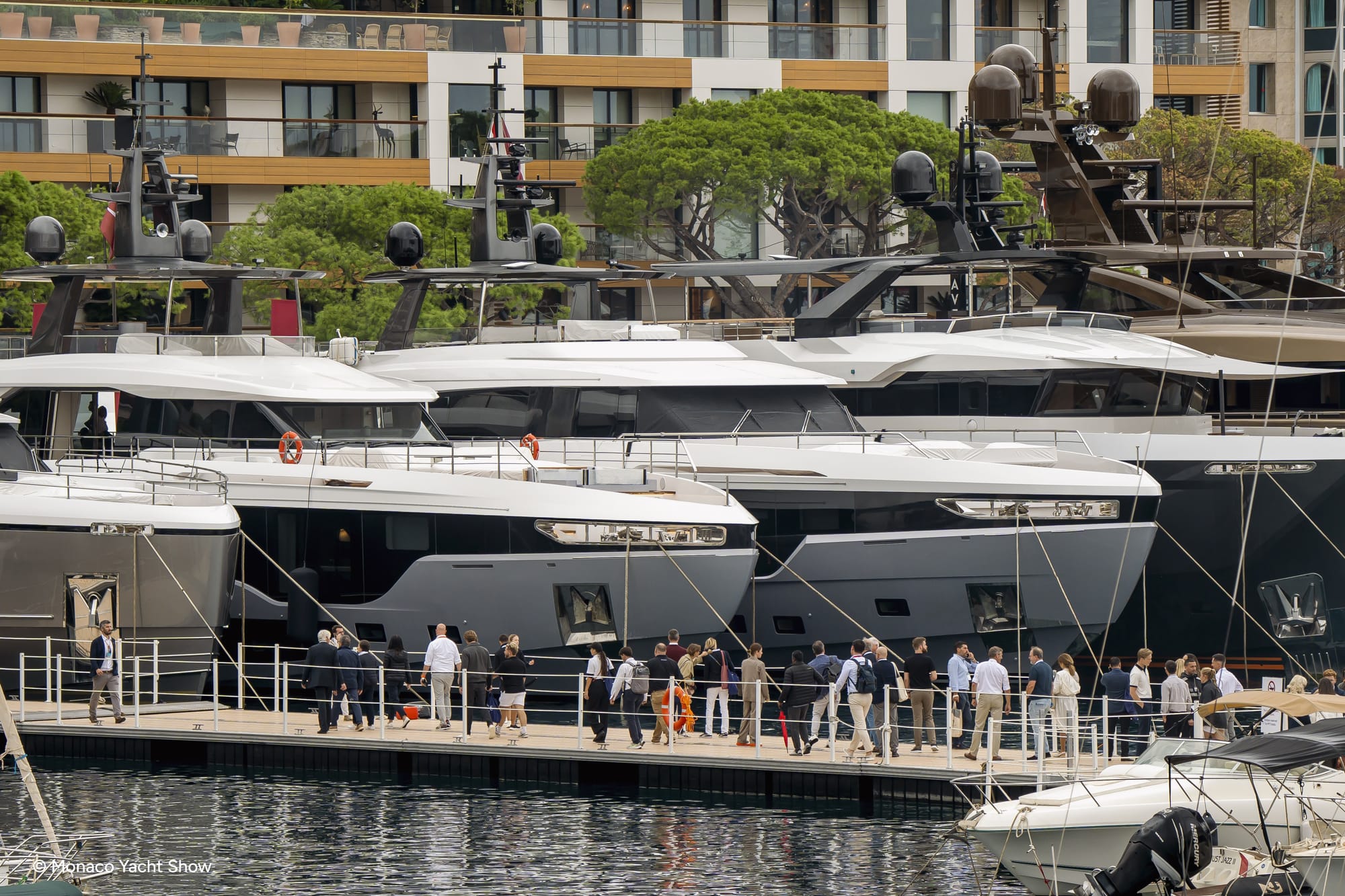
The event draws designers, brokers, and high-net-worth buyers from around the world, positioning Monaco not only as a display window but also as a transactional hub.
The Yacht Club de Monaco, presided over by H.S.H. Prince Albert II, adds institutional weight.
The club champions marine innovation, particularly in sustainability, and hosts initiatives such as the SEA Index, designed to measure and reduce yachts’ carbon footprints.
Monaco also benefits from its central location within the Mediterranean charter corridor, linking iconic destinations such as Saint-Tropez, Corsica and Sardinia.
With a concentration of maritime law firms, design studios, and private wealth advisors, Monaco is often where deals are structured and decisions made. Its tax regime and financial discretion further enhance its appeal.
Fort Lauderdale: The Industry’s Operational Core
Fort Lauderdale is less about ceremony and more about capability. Known as the “Yachting Capital of the World,” Fort Lauderdale hosts over 50,000 recreational vessels, thousands of yachts over 24 metres, and a vast network of inland waterways linking directly to the Atlantic.
The Fort Lauderdale International Boat Show (FLIBS) is the largest in-water event of its kind, with over 1,300 vessels and 1,000 exhibitors.
In 2024, the Fort Lauderdale International Boat Show generated $1.78 billion in statewide economic output, supporting over 10,000 full-time Florida jobs and contributing $84.1 million in state and local taxes.
The Superyacht Village showcases vessels up to and beyond 90 metres, as well as aviation and automotive partners that reflect the cross-sector nature of luxury ownership.
But Fort Lauderdale’s real strength lies in its year-round service infrastructure. The Lauderdale Marine Centre and Derecktor Shipyards are among the most advanced refit facilities globally, capable of handling yachts up to 200 metres.
The city also supports one of the world’s largest marine workforce ecosystems, including engineers, surveyors, provisioning agents and crew trainers.
It is not uncommon for yachts to spend several weeks here between charters or during refits, with captains citing the availability of parts, skilled labour and favourable import regulations.
Its proximity to the Caribbean makes Fort Lauderdale an essential launch point for seasonal repositioning. Many yachts that winter in Antigua, St Barths or the Virgin Islands undergo final preparations in South Florida before heading south.
A Shared Dominance, Not a Rivalry
What makes Monaco and Fort Lauderdale exceptional is that they are not in competition.
They are complementary poles of the same circuit. Yachts, owners and crew move between them in a rhythm dictated by geography, weather, and demand.
The industry depends on both cities for very different but equally vital reasons.
While Monaco is often where yachts are sold, Fort Lauderdale is where they are serviced. One provides brand cachet and client experience; the other provides infrastructure and technical reliability.
Most superyachts active on the global circuit will rely on both within twelve months.
As environmental scrutiny increases, both cities are responding with innovation. Monaco is championing green technology through the Monaco Energy Boat Challenge and the SEA Index.
Fort Lauderdale is investing in shore power installations and green marina standards as part of broader state-level sustainability goals.
This shared push toward sustainable operations ensures their continued leadership in a changing world. New wealth is entering the yachting space, and with it, new expectations; both cities are rising to meet them.
The dominance of Monaco and Fort Lauderdale is not symbolic. It is structural, practical, and enduring. They are places where the industry breathes, plans and evolves.
From the glamour of the Côte d’Azur to the engineered precision of South Florida, these two cities remain indispensable to the present and future of global yachting.



